15 Surprising Facts About The Blind Mexican Cave Fish

Dive into the mysterious world of the Blind Mexican Cave Fish, an extraordinary creature that thrives in darkness. This blog post uncovers surprising and lesser-known facts about this remarkable species, revealing its unique adaptations, fascinating behaviors, and intriguing history.
Get ready to explore the hidden depths of these enigmatic fish, discovering what makes them so special and how they have adapted to life in the shadows.
1. No Eyes, No Problem
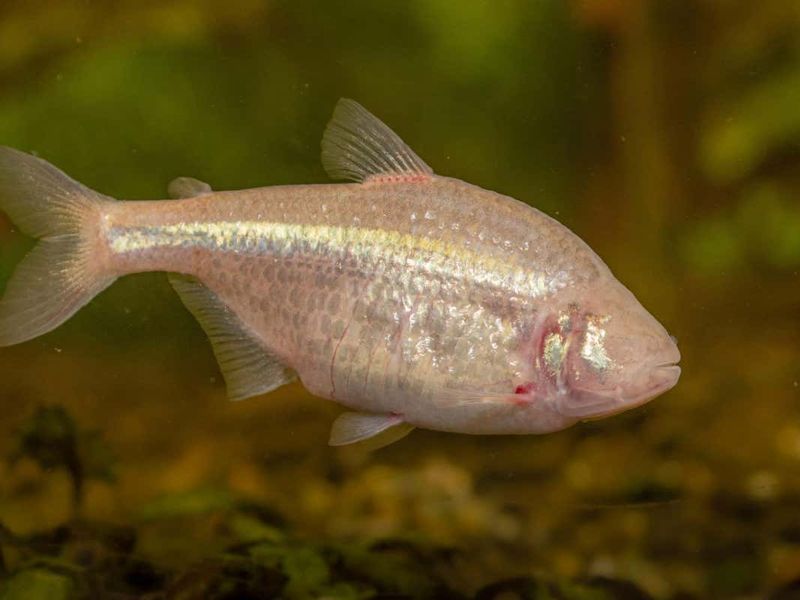
Imagine a life without sight, yet perfectly adapted to your environment. That’s the Blind Mexican Cave Fish for you. Living in dark, subterranean waters, these fish have evolved to lose their eyes entirely. Instead, they rely on other senses to navigate and find food.
This unique adaptation allows them to thrive where light cannot reach. It’s a fascinating and rare example of evolution at work, showcasing the incredible adaptability of life.
2. Echo Location Experts
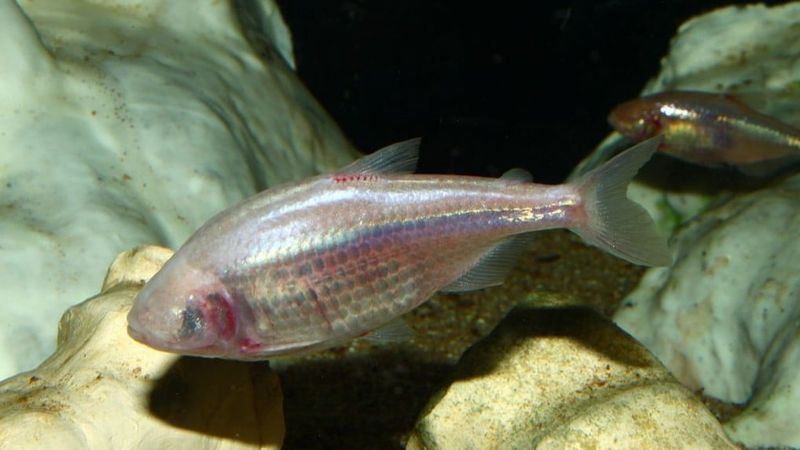
Think bats have a monopoly on echolocation? Think again! These fish have developed a similar ability to echo-locate using vibrations in the water. By emitting sounds and listening to the echoes, they can map their environment.
It’s like having a sonar system built right in! This skill is crucial for avoiding obstacles and finding prey in the pitch-black waters they call home. Truly, they’re navigational geniuses!
3. The Secret Of Albinism
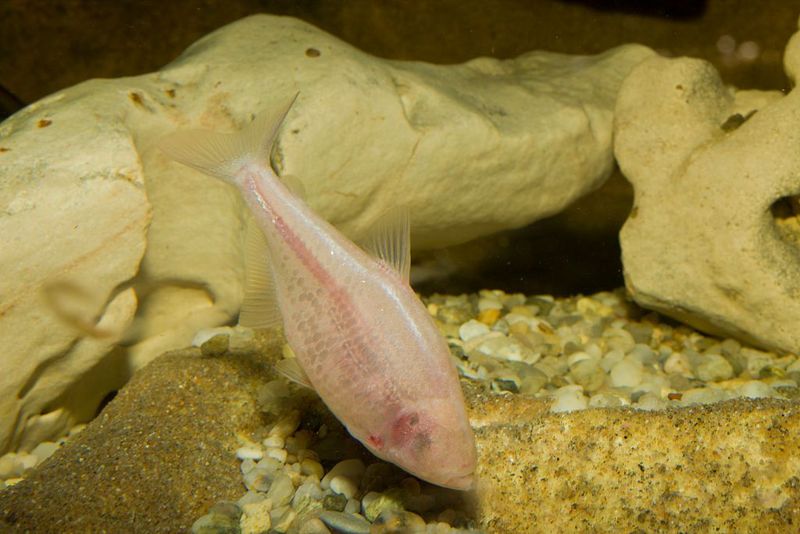
Ever wondered why these fish are ghostly white? It’s because they lack pigmentation due to albinism, a common trait among cave dwellers. This absence of color isn’t just for show—it actually helps them survive in their dark habitats.
Without the need for camouflage, these fish have shed their pigmentation over time. It’s a striking example of how living in darkness has shaped their appearance and biology.
4. A Taste For Scavenging
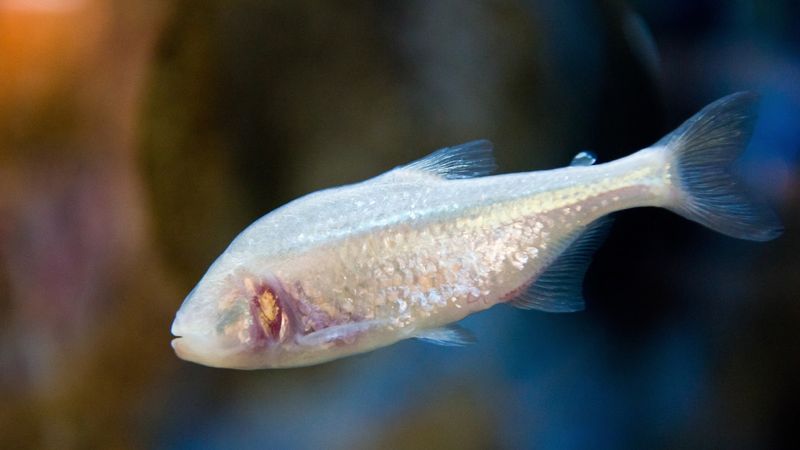
In the absence of sight, these fish have become masters at scavenging for food. Their highly developed sense of taste and smell help them locate morsels in their nutrient-poor environment.
By consuming anything from detritus to small aquatic creatures, they ensure their survival. Their scavenging habits showcase their incredible ability to adapt to harsh living conditions, making them true survivors of the caves.
5. Social Structures In The Shadows
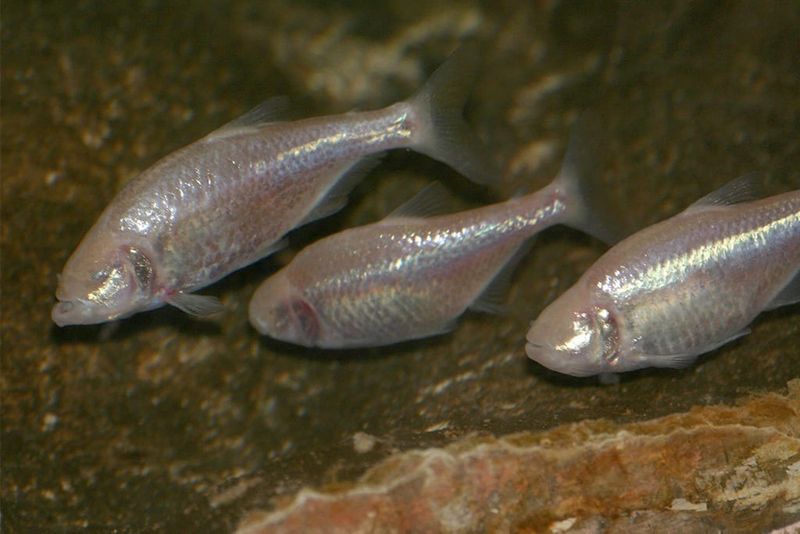
Who says you can’t be social in the dark? These fish often form schools, navigating their environment together. Their social behavior is a fascinating aspect of their life, as they rely on each other to find food and navigate their complex habitats.
These close-knit communities are a testament to their social intelligence and the benefits of teamwork in their subterranean world.
6. A Long And Mysterious History
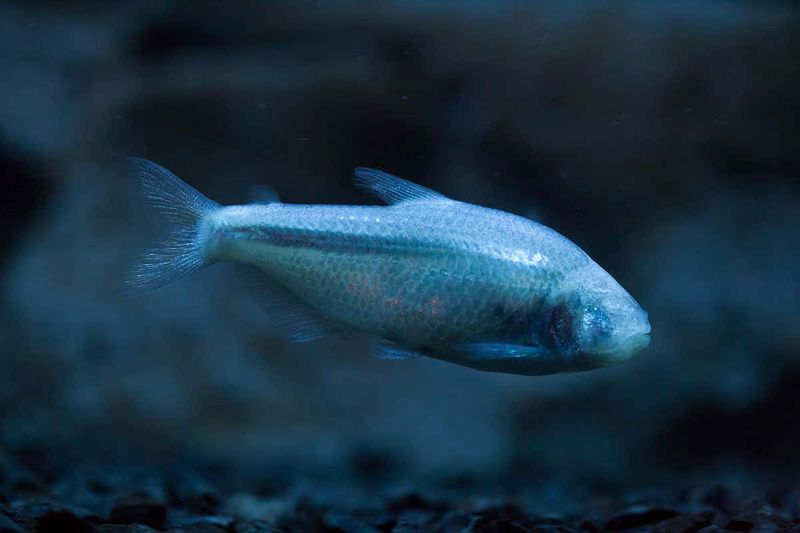
The Blind Mexican Cave Fish have ancestors dating back millions of years, making them living fossils. Their long evolutionary history is a testament to their resilience and adaptability.
Over time, they have refined their unique adaptations, allowing them to thrive in environments that seem inhospitable. Their history is a compelling narrative of survival and evolution, offering insights into the history of life on Earth.
7. Unique Breeding Strategies
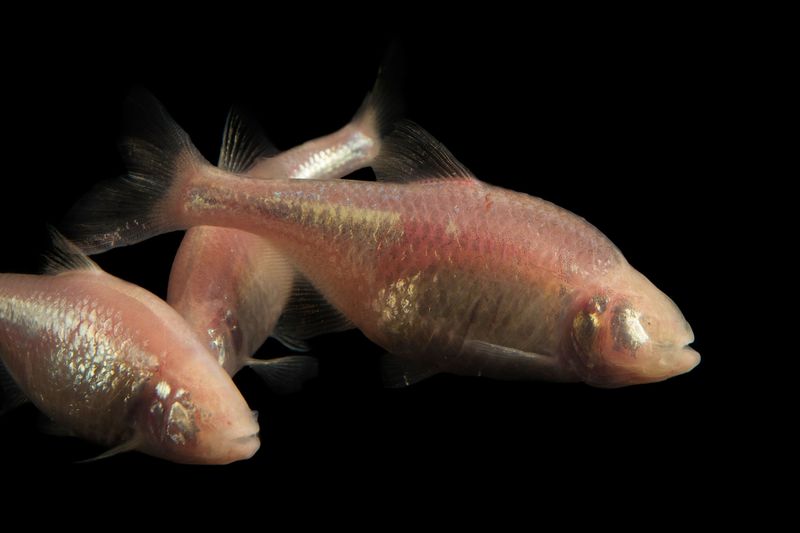
Breeding in darkness is no easy feat, yet these fish have developed unique strategies to ensure their survival. They lay fewer eggs than their surface-dwelling relatives, often in protected environments to increase their chances of survival.
This careful approach to reproduction ensures that their young have the best possible start in life. It’s a testament to their adaptability and resourcefulness.
8. Suction Feeding Specialists
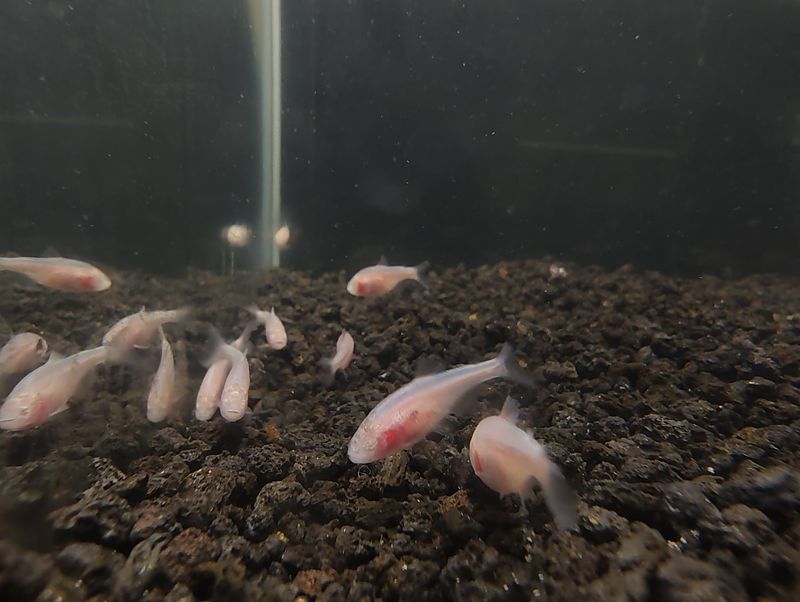
Catch your dinner without seeing it? No problem for these fish, who have perfected the art of suction feeding. By rapidly opening their mouths, they create a vacuum that sucks in unsuspecting prey.
This efficient feeding method allows them to capture food in their dark, nutrient-scarce environment. It’s a remarkable adaptation that highlights their ingenuity and survival skills in challenging conditions.
9. Immune To Light
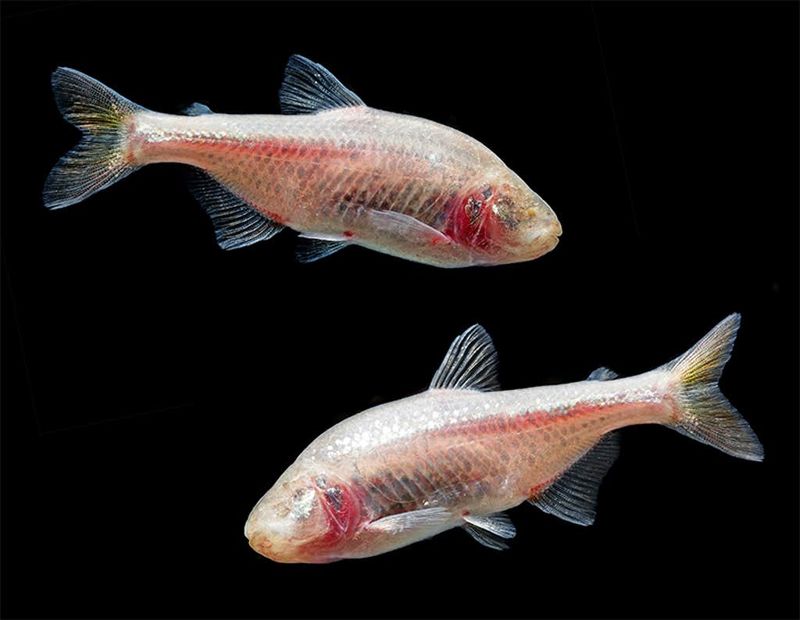
Light? What’s that? These fish are completely indifferent to light, a stark contrast to their surface-dwelling counterparts who depend on it. Their indifference is due to their lack of eyes and pigmentation.
They’ve evolved to the point where light simply doesn’t matter to them, allowing them to focus on the things that do: finding food and avoiding predators. It’s a perfect example of specialization in nature.
10. The Art Of Energy Conservation
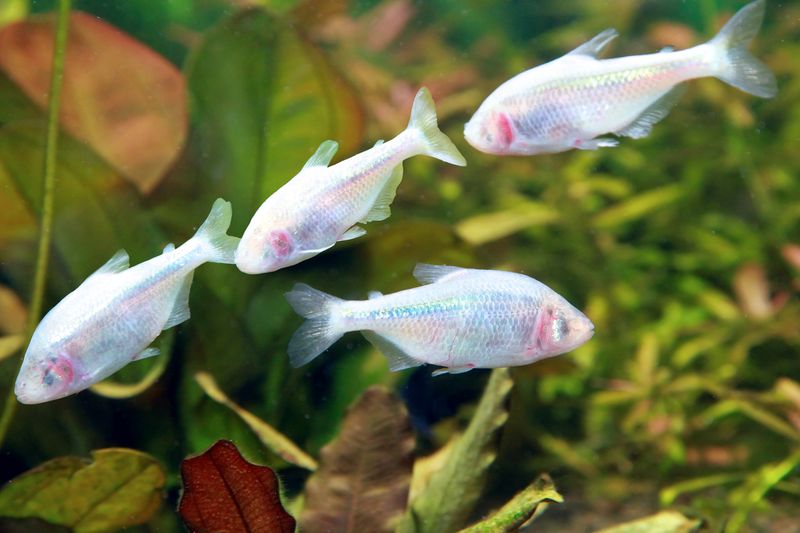
In the nutrient-scarce caves they inhabit, energy conservation is key. These fish have developed a slow metabolism, allowing them to survive on minimal resources.
By reducing their energy expenditure, they can thrive in environments where food is scarce. It’s a brilliant survival strategy, ensuring their longevity in a world where every bit of energy counts. Their slow-paced life is a lesson in efficiency.
11. Multi-Sensory Communication
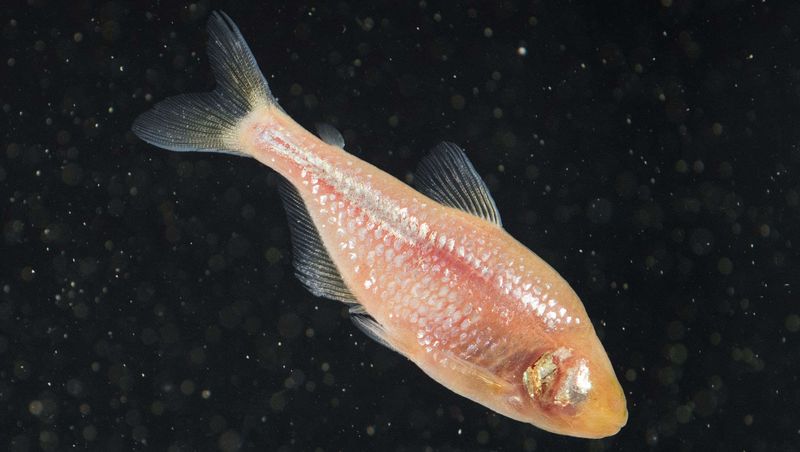
Without sight, communication becomes an art form. These fish use a combination of vibrations and touch to communicate with one another. They rely on subtle physical cues and environmental feedback to share information and navigate their world.
This multisensory approach to communication highlights their intelligence and adaptability, allowing them to maintain social bonds and work together in their dark habitats.
12. Longevity In The Depths
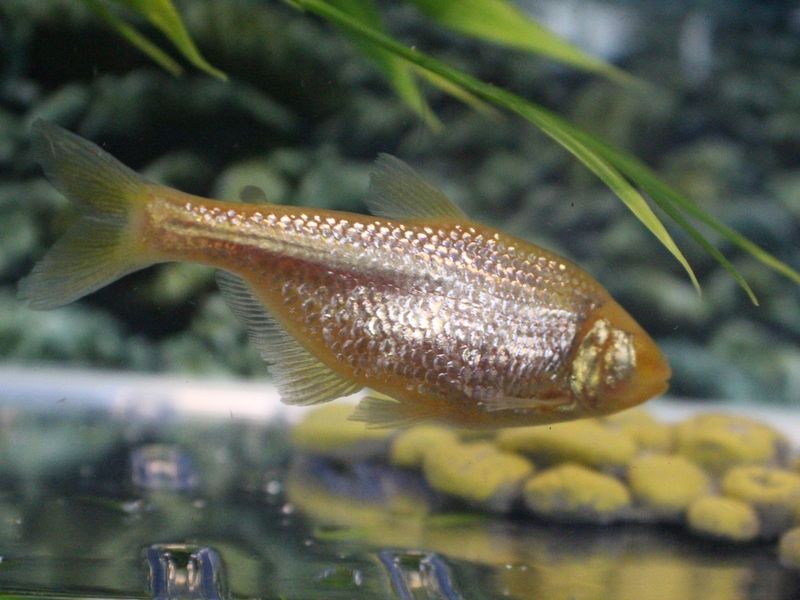
Surviving in a challenging environment often means living longer. These fish have a longer lifespan compared to their surface relatives, often reaching up to 10 years or more. Their slow metabolism and low-energy lifestyle contribute to their longevity.
It’s a remarkable example of how life can adapt to extreme conditions, thriving in places where others cannot. Their extended lifespans are a testament to their resilience.
13. Genetic Marvels
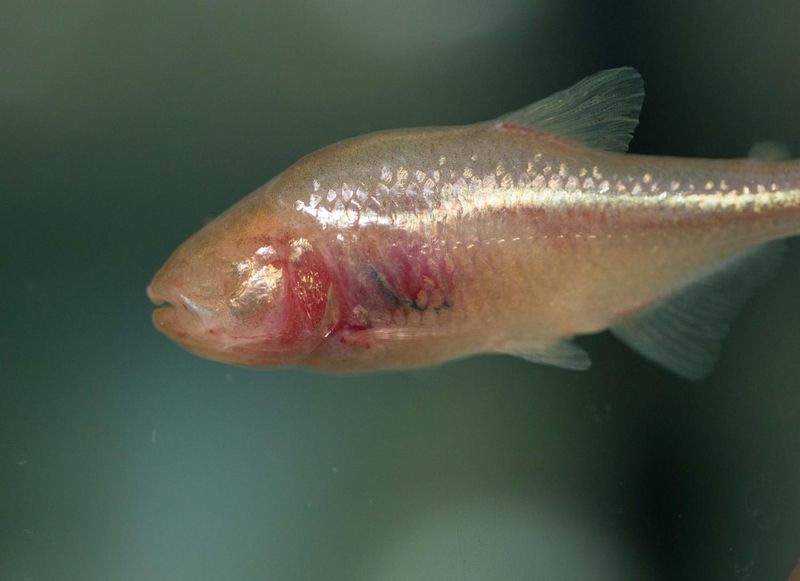
These fish are a geneticist’s dream, with unique adaptations encoded in their DNA. Their loss of eyesight, pigmentation, and other traits are all part of their genetic makeup.
Studying these fish provides valuable insights into the mechanisms of evolution and adaptation. Their genomes hold the secrets to their success in the dark, making them a fascinating subject for scientific exploration and discovery.
14. A Lesson In Adaptation
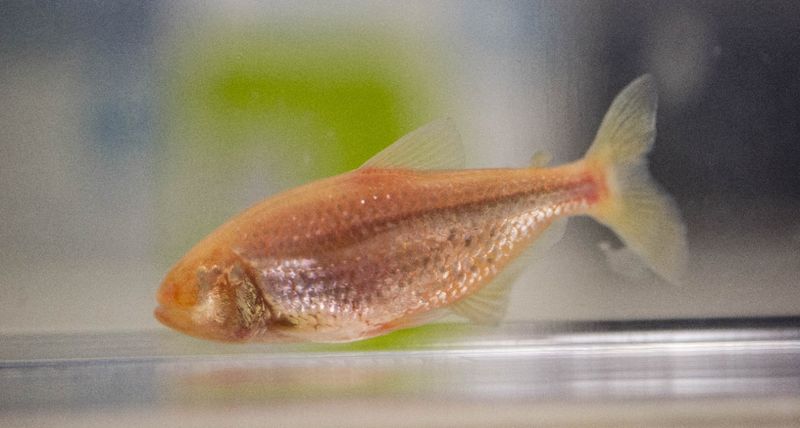
Adaptation is the name of the game, and these fish play it well. From losing their eyes to developing enhanced senses, they’ve transformed to fit their environment.
Their story is a powerful example of how living organisms can change over time to survive in challenging conditions. It’s a lesson in evolution and the incredible adaptability of life, offering inspiration for anyone facing their own challenges.
15. A Role In The Ecosystem
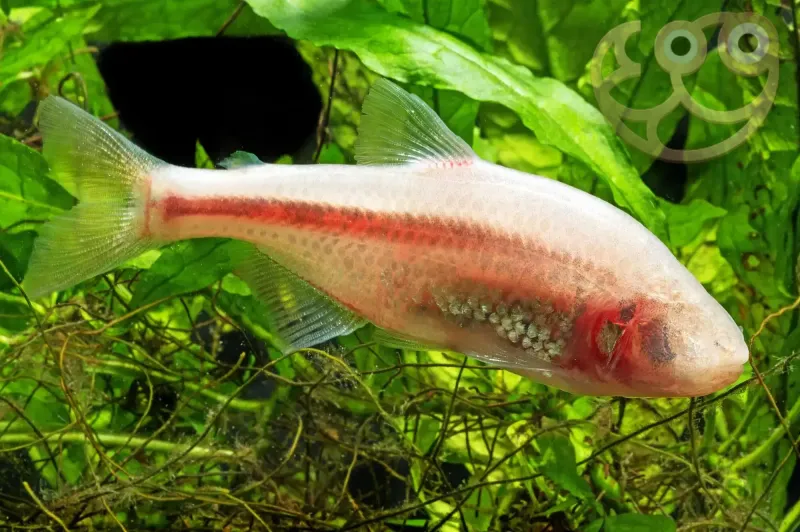
They might be small, but these fish play a big role in their ecosystem. By contributing to nutrient cycling and serving as prey for other cave dwellers, they help maintain the balance of life in their unique habitat.
Their presence is crucial for the health and stability of their ecosystem, highlighting the interconnectedness of life in even the most isolated environments. They’re key players in their dark world.






